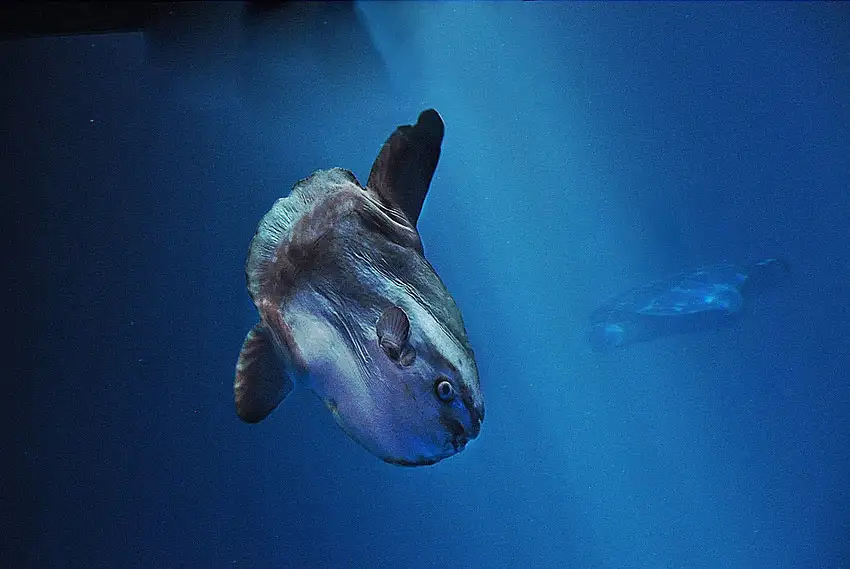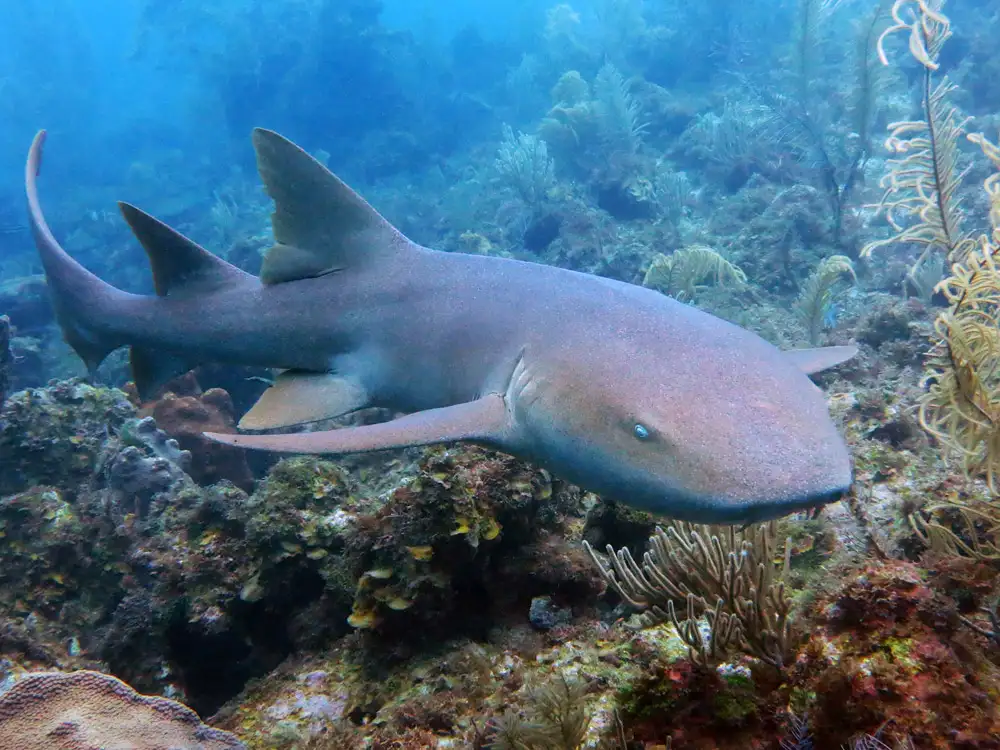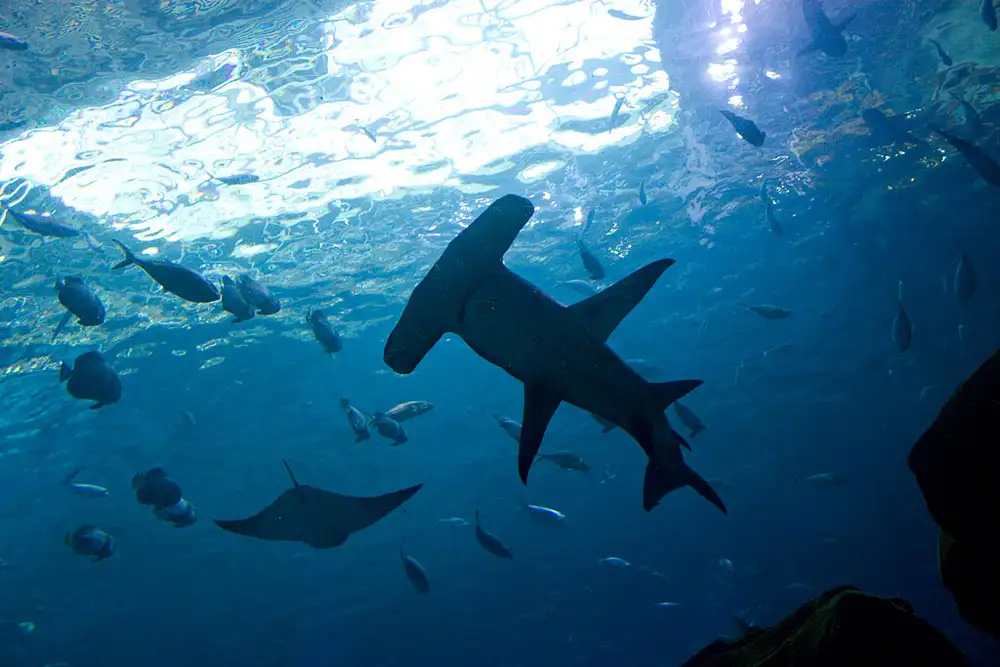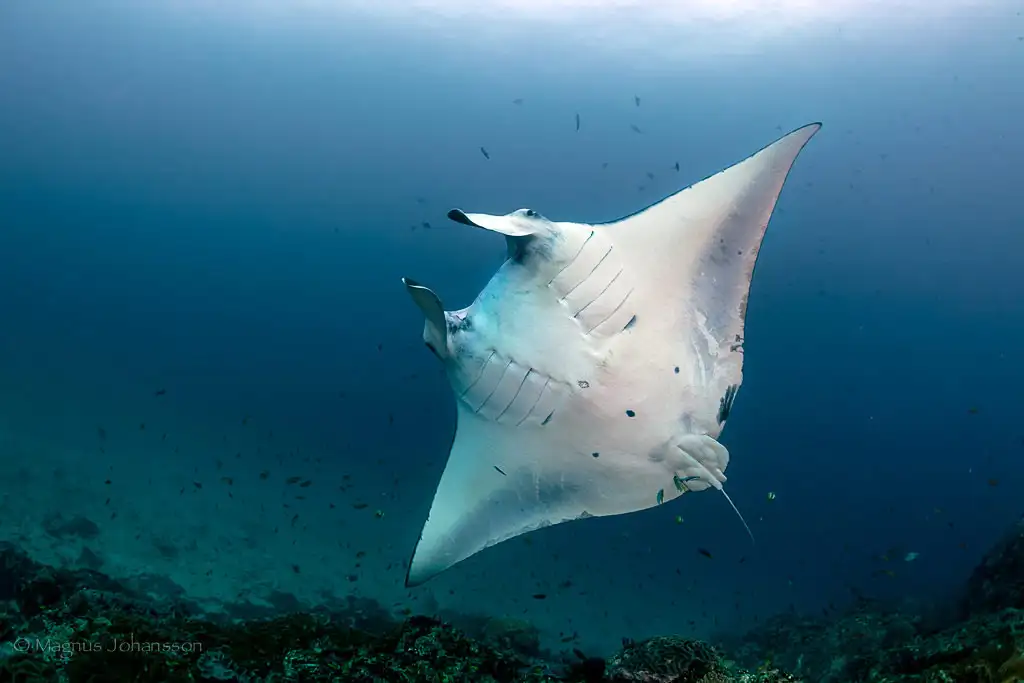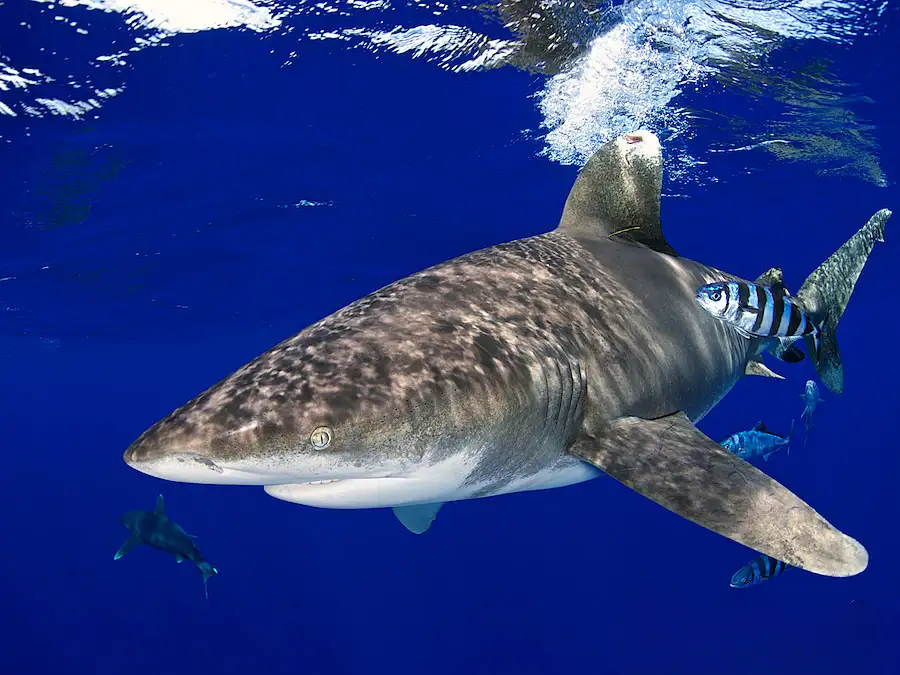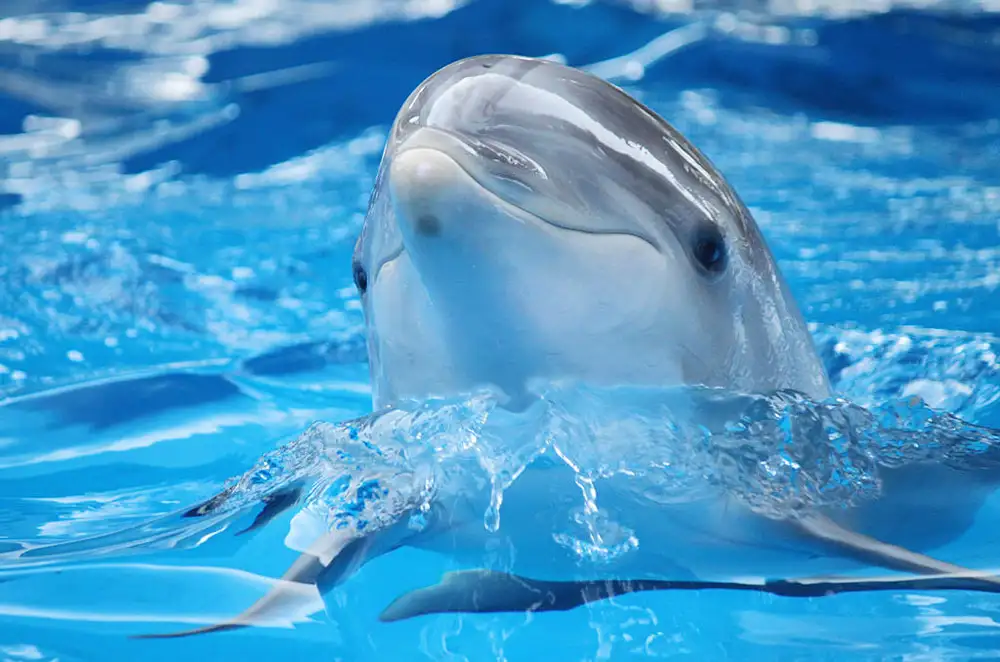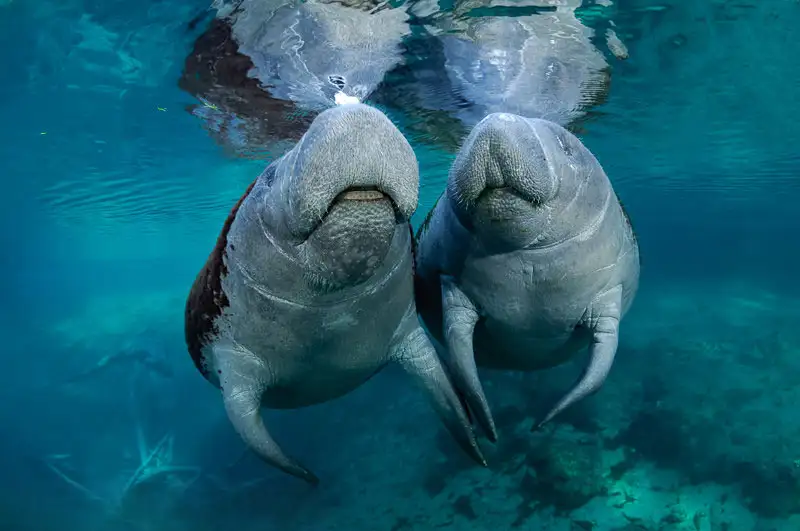Ocean Sunfish
IUCN
VUBasic Information
Scientific classification
- name:Ocean Sunfish
- Scientific Name:Mola mola Linnaeus, 1758
- Outline:Large Fish
- Family:Molidae Mola
Vital signs
- length:Common 1.8–2.3 m disc; max ~3.3 m
- Weight:Typically 250–1,000 kg; records >2,000 kg
- lifetime:c. 20–30+ years
Feature
Disc‑shaped body; clavus tail; gelatinous‑zooplankton diet; deep dives + surface basking; extreme fecundity.
Distribution and Habitat
Temperate–tropical outer‑shelf/slope seas from surface to mid‑waters (~0–800 m).
Appearance
Tall dorsal/anal fins; rough denticles; small mouth with fused plates; similar to M. alexandrini but separable.
Details
The ocean sunfish (Mola mola) is among the heaviest bony fishes (family Molidae). It has a huge disc‑shaped body, the caudal fin reduced to a clavus, and frequently basks at the surface. Diet is dominated by gelatinous zooplankton (jellies, salps, ctenophores) with supplements of small fishes, cephalopods and crustaceans. IUCN: Vulnerable (VU).
Ecology & Behaviour
Extraordinary fecundity: females release hundreds of millions of eggs; eggs/larvae pelagic.
Diel vertical migration: deep daytime foraging and surface basking for re‑warming; linked to thermoclines/fronts.
Cleaning associations: visits reef cleaning stations; seabirds also remove parasites at the surface.
Identification
Round/oval disc with no true tail; tall, symmetric dorsal/anal fins; rough denticulate skin; small mouth with fused plates. Often confused with Mola alexandrini, separable by head profile and clavus morphology.
Size & Longevity
Length: commonly 1.8–2.3 m disc; max ~3.3 m.
Mass: typically 250–1,000 kg; records >2,000 kg.
Life: 20–30+ yrs wild; longer in captivity.
Range & Habitat
Nearly worldwide in temperate–tropical seas over the outer shelf and slope; from the surface to mid‑waters (~0–800 m).
Threats & Conservation
Bycatch in drifting gillnets, longlines and purse seines.
Marine debris ingestion/entanglement.
Vessel strikes & noise due to near‑surface behaviour.
Taxonomic confusion with congeners.
Priorities: bycatch reduction, speed limits/buffer zones in hotspots, better ID/monitoring and plastic‑waste control.
FAQ
Q1. Why bask? Thermoregulation after deep dives and to facilitate parasite removal.
Q2. Dangerous? Not aggressive, but size poses boating hazards.
Q3. Distinguish from M. alexandrini? Use head profile, fin/clavus traits; expert guides/genetics help.
Q4. Why Vulnerable? High bycatch and plastics, plus ID issues.

